1. West Virginia – Replaced by: Remote Workers and Retirees
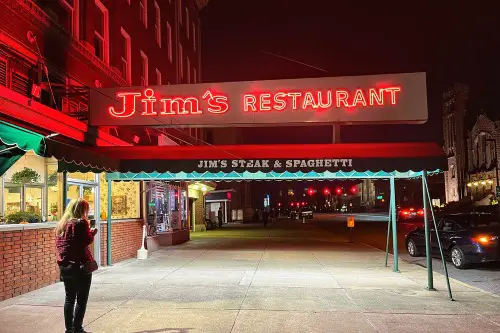
West Virginia has seen decades of population decline in its small towns due to the collapse of coal and manufacturing jobs. Young people leave for better opportunities, and many towns are aging rapidly. But in recent years, remote workers and retirees have started moving in, drawn by low costs and natural beauty. The state is quietly shifting from industrial to recreational.
The newcomers are bringing coffee shops, co-working spaces, and Airbnbs. It’s not a full revival—but it’s a start. The question is whether the infrastructure can keep up. And whether the culture can evolve without losing its roots.
2. Illinois – Replaced by: Urban Sprawl and Warehouse Suburbs
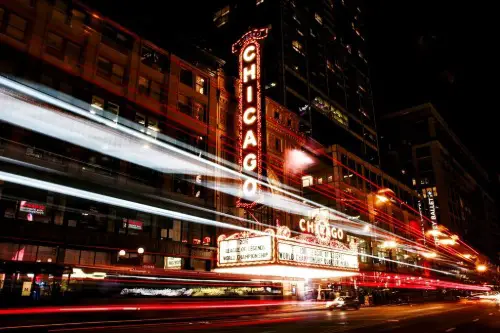
Small towns across Illinois, especially in the southern and western parts of the state, have been hollowing out for years. Young adults head to Chicago or out of state entirely. Meanwhile, the edges of metro areas like Joliet and Aurora are expanding with logistics hubs and big-box developments. The small-town charm is being replaced by warehouse parks and commuter neighborhoods.
It’s a quiet shift—but a profound one. The heartland is becoming a shipping lane. And the old Main Streets are fading into memory.
3. Mississippi – Replaced by: Shrinking Populations and Ghost Infrastructure
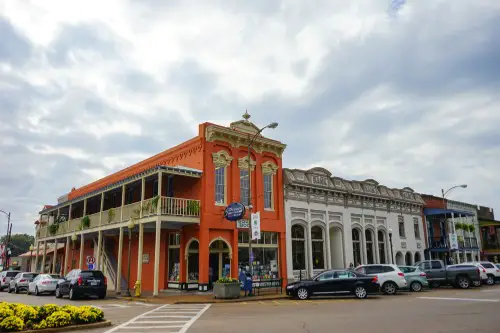
Mississippi’s rural towns are losing residents faster than almost anywhere in the country. Schools are closing, hospitals are consolidating, and storefronts sit empty. There’s no clear replacement—just a slow fade. The state’s small towns are becoming quieter, older, and more fragile.
Some towns are trying to reinvent themselves with tourism or heritage branding. But without jobs, it’s a tough sell. The silence is growing louder. And the future feels uncertain.
4. Pennsylvania – Replaced by: Tourism and Second Homes
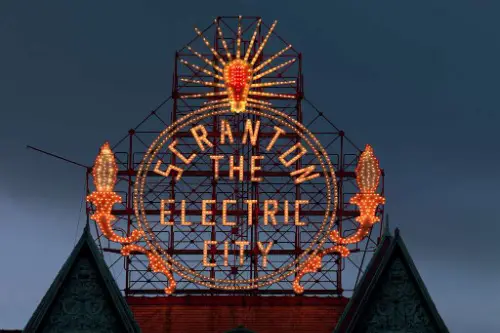
Former coal and steel towns in Pennsylvania have been losing population for decades. But in places like the Poconos and Laurel Highlands, a new kind of resident is arriving: weekenders and second-home buyers. They’re not replacing the full-time community—but they’re changing the vibe.
Old homes are being turned into Airbnbs. Antique shops and breweries are popping up. It’s not revival—it’s reinvention. And it’s not always welcomed by locals who stayed.
5. Nebraska – Replaced by: Agribusiness and Automation
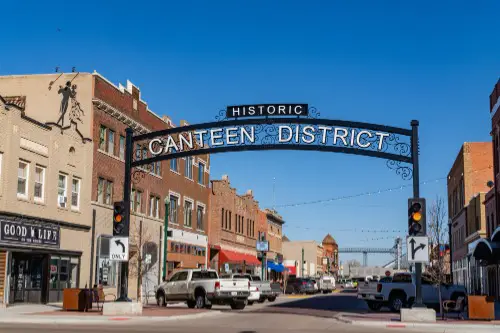
Small towns in Nebraska are shrinking as family farms consolidate and younger generations move to Lincoln or Omaha. What’s replacing them? Massive agribusiness operations and automated equipment that don’t need local workers.
The land is still productive—but the towns are not. Schools are merging, churches are closing, and main streets are fading. It’s efficient—but it’s lonely. And the sense of community is harder to find.
6. Alabama – Replaced by: Industrial Parks and Distribution Centers
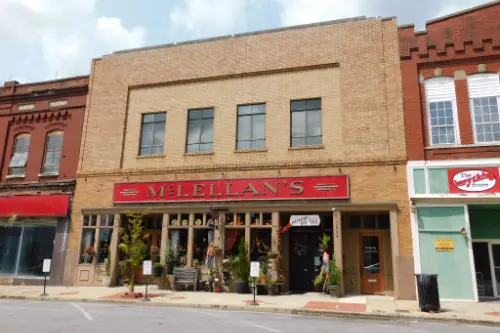
In rural Alabama, small towns are losing population—but gaining industry. Auto plants, warehouses, and logistics hubs are popping up along interstates. These jobs bring money, but not always residents. Workers often commute from elsewhere.
The result is a strange mix of economic growth and civic decline. The factories are humming—but the diners are empty. It’s prosperity without presence. And it’s changing the soul of these towns.
7. New York – Replaced by: Artists and Urban Expats
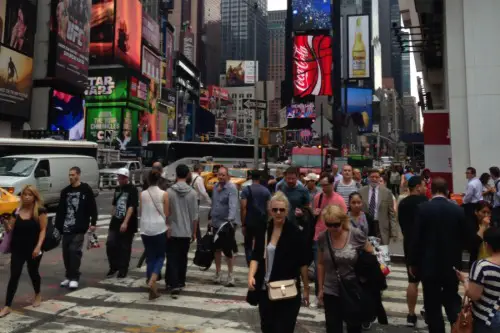
Upstate New York is full of towns that have lost their original industries—textiles, paper, rail. But in places like Hudson, Catskill, and Beacon, artists and former city dwellers are moving in. They’re opening galleries, cafes, and boutique hotels.
It’s a cultural revival—but not always an economic one. Locals worry about gentrification and rising costs. The towns look better—but feel different. And not everyone’s on board.
8. Iowa – Replaced by: Wind Farms and Empty Schools
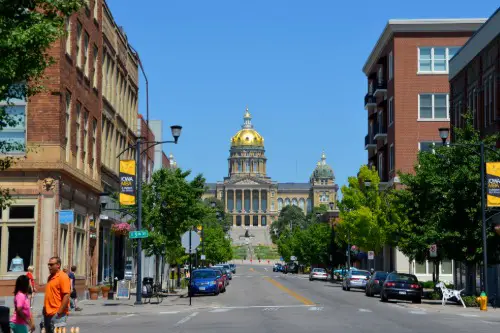
Iowa’s small towns are losing young people fast, especially in the northwest and southeast. What’s replacing them? Wind turbines and aging populations. The land is valuable—but the communities are thinning out.
Some towns are trying to attract immigrants or remote workers. Others are just holding on. The windmills spin—but the playgrounds are quiet. And the future feels like a question mark.
9. Louisiana – Replaced by: Climate Retreat and Urban Migration
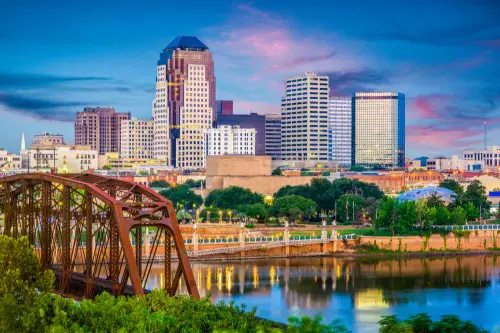
Coastal and rural towns in Louisiana are facing a double threat: economic decline and rising waters. Locals are moving inland or out of state entirely. What’s replacing them? In some cases, nothing at all.
The land is sinking, the storms are stronger, and the insurance is unaffordable. Some towns are being quietly abandoned. It’s not just economic—it’s existential. And it’s happening faster than people realize.
10. Ohio – Replaced by: Logistics and Low-Wage Industry
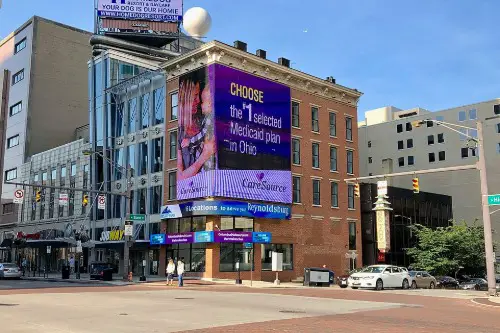
Small towns in Ohio’s Rust Belt have been bleeding residents for decades. But Amazon warehouses and fulfillment centers are moving in. They bring jobs—but not always stability or community.
The towns are becoming nodes in a supply chain, not neighborhoods. It’s work—but it’s not home. And the sense of place is getting harder to hold onto.
11. Arkansas – Replaced by: Tourism and Tiny Homes
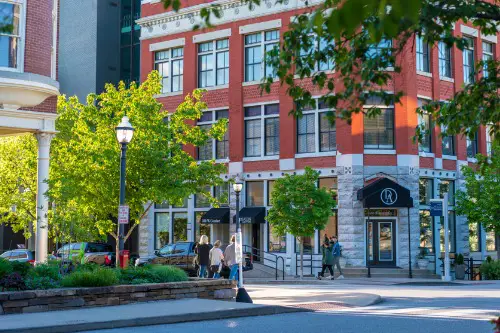
In the Ozarks and Delta regions, small towns are shrinking—but some are pivoting to tourism. Think mountain biking in Bentonville or river cabins in Hardy. Tiny homes, RV parks, and glamping sites are popping up.
It’s a new kind of economy—seasonal, service-based, and Instagram-friendly. But it doesn’t always support full-time residents. The towns are surviving—but they’re not the same.
12. Michigan – Replaced by: Seasonal Residents and Short-Term Rentals
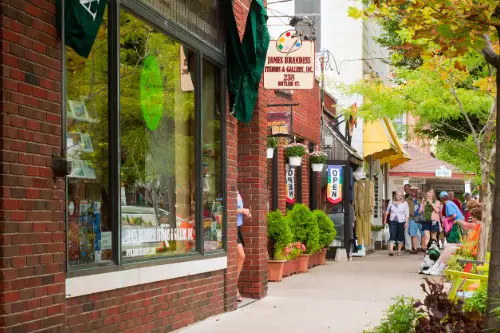
Northern Michigan towns like Alpena and Manistee have lost manufacturing jobs and year-round residents. But they’re gaining vacationers and Airbnb hosts. The lakes are still beautiful—but the communities are thinner.
Locals are being priced out, and schools are shrinking. The towns look lively in July—but empty in February. It’s a postcard economy. And it’s not built to last.
13. Kentucky – Replaced by: Heritage Tourism and Hollowed-Out Hometowns
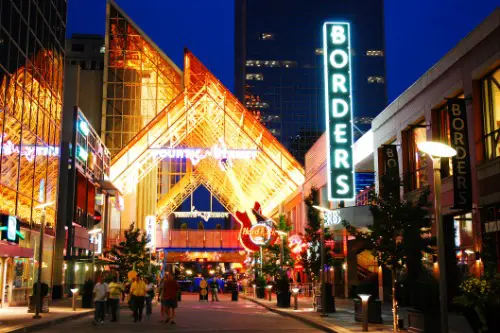
Coal towns in eastern Kentucky have been in decline for decades. Some are trying to reinvent themselves with heritage tourism—museums, festivals, and historic trails. But the jobs are few, and the young people are gone.
The towns are beautiful—but brittle. They’re selling the past to survive the present. And the future is still up for grabs.
14. North Dakota – Replaced by: Oil Camps and Transient Workers
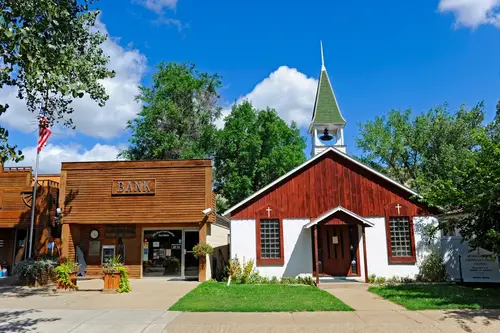
Western North Dakota saw a boom with the Bakken oil fields—but many small towns didn’t benefit long-term. Temporary workers came and went, and housing prices soared. Now, as the boom fades, towns are left with debt, empty buildings, and fewer residents than before.
The land is rich—but the towns are poor. It’s a boom-bust cycle that leaves scars. And the sense of community is hard to rebuild.
This post 14 States Where Locals Are Quietly Fleeing Small Towns (And What’s Replacing Them) was first published on American Charm.


